The Cultural Origin of a Centuries-Old Tradition

Dinah Woltermann
Cultural origin of Yakisugi
The art of wood finishing has a long and fascinating tradition in human history. One of the most remarkable techniques is undoubtedly Yakisugi, also known as Shou Sugi Ban. This Japanese method, which renders wood permanently through controlled heat, not only offers practical benefits but is also deeply rooted in Japanese culture. In this blog post, we delve into the cultural origin of Yakisugi, its historical significance, and its influence on the modern world.
Historical Roots of Shou Sugi Ban
The origins of Yakisugi date back far in Japanese history. This technique originally developed in 18th-century Japan when farmers sought effective ways to protect and extend the lifespan of their traditionally wooden-built farmhouses. In the rural and coastal regions around the Inland Sea, particularly in Hiroshima Prefecture, Yakisugi emerged as a response to the challenges posed by the damp and changeable climate. Farmers discovered that charring the surface of the wood made it more resilient against weather conditions and harmful insects.
Apart from its practical advantages, Yakisugi evolved into a significant symbol in Japanese culture. The aesthetics of this wood charring technique found appreciation in traditional Japanese architecture and gardening. Yakisugi gave houses and temples a unique rustic appearance that harmonized well with the surrounding nature. The deep connection with nature is a central aspect of Japanese culture, and Yakisugi vividly reflected this bond.
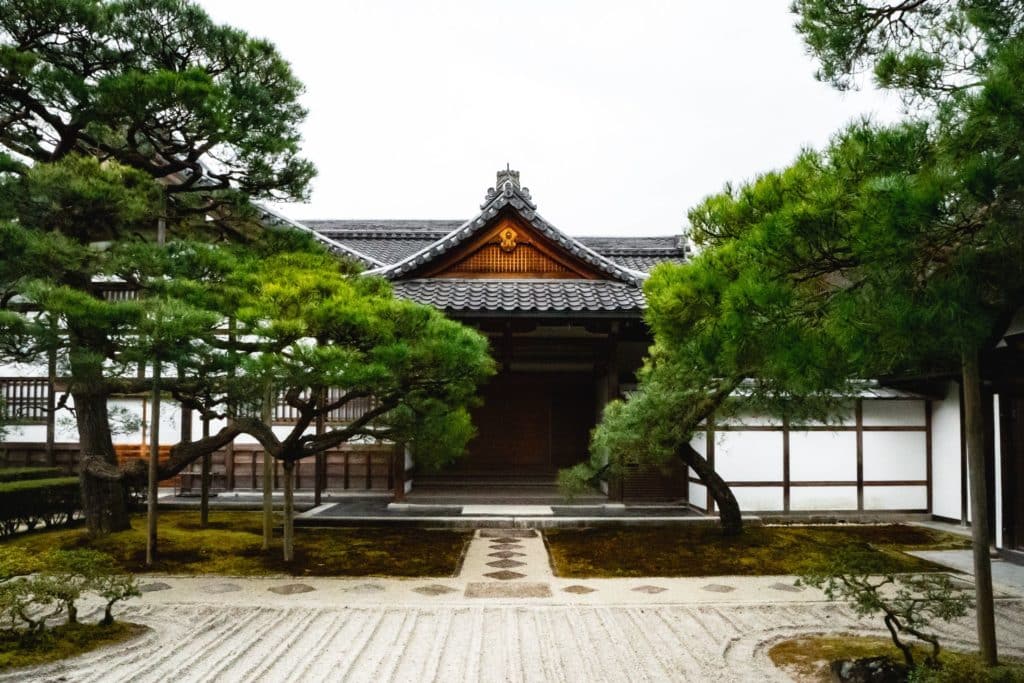
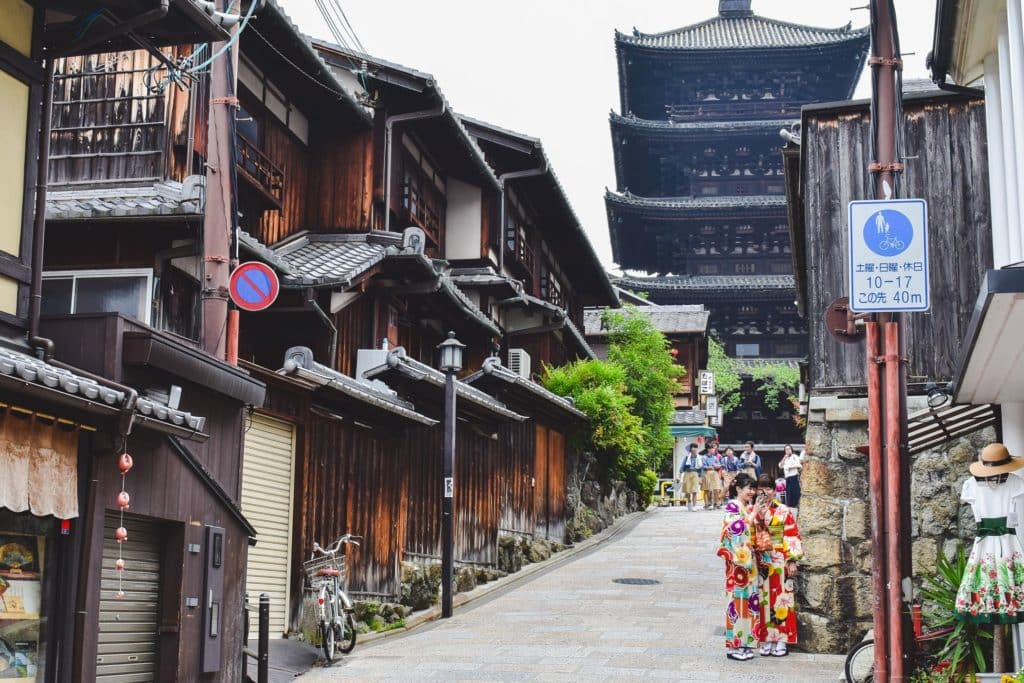
Yakisugi was not just a passing trend but was passed down from generation to generation. Master craftsmen imparted their knowledge and skills to their apprentices, who, in turn, perfected and further developed the technique. This oral tradition played a crucial role in preserving the tradition and helped keep it alive over the centuries. Even though modern times offer other materials and techniques, Yakisugi is still valued and applied due to its natural beauty and effectiveness as a sustainable wood treatment.
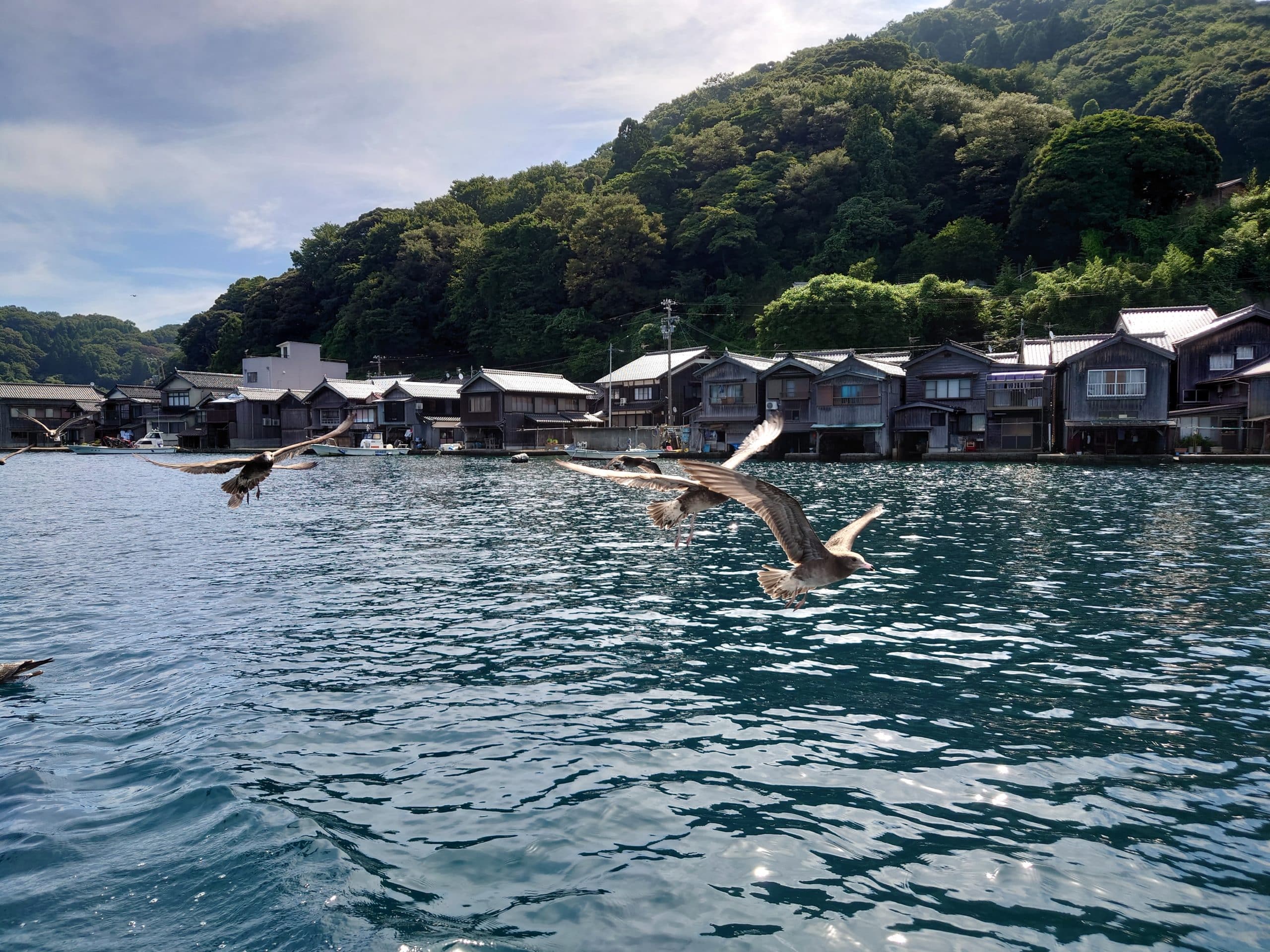
Yakisugi in the Present Time
In recent years, Yakisugi has gained international recognition. With the increasing popularity of sustainable and natural building materials, architects and designers from various countries have discovered the beauty and functionality of Yakisugi. This has led to a cultural exchange where Japanese craftsmanship meets global construction and design trends. From cutting-edge luxury villas to contemporary interior designs, Yakisugi is increasingly appreciated as an eco-friendly, aesthetic, and durable option.
Yakisugi is not only a fascinating method of wood preservation but also a living testament to Japan’s rich cultural history. Its origin in rural regions, aesthetic connection to nature, and association with traditional Japanese architecture give Yakisugi a unique identity. The continuation of this centuries-old tradition in modern architecture and design is not just a homage to the past but
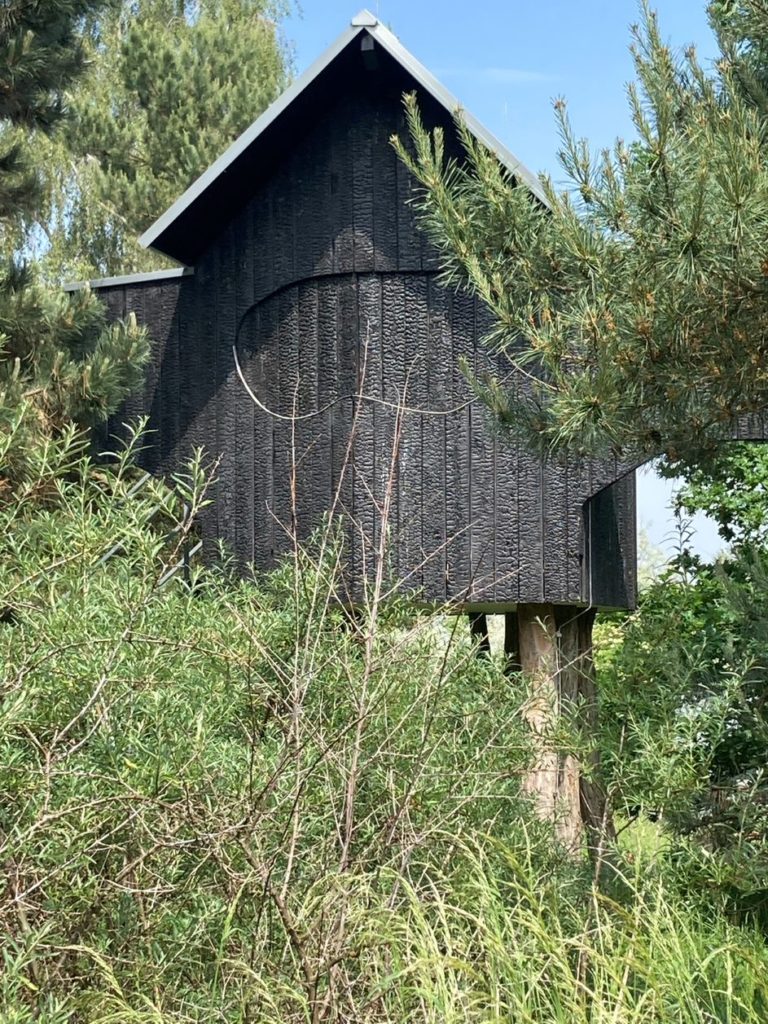
also a step towards a more sustainable future. Thus, Yakisugi remains not only an integral part of Japanese culture but also a global symbol of timeless beauty and respect for nature. The impressive versatility of Yakisugi shows that ancient traditions can thrive while adapting to the changing needs of the times. The cultural exchange enabled by Yakisugi underscores the importance of preserving and appreciating traditional craftsmanship in an increasingly globalized world.
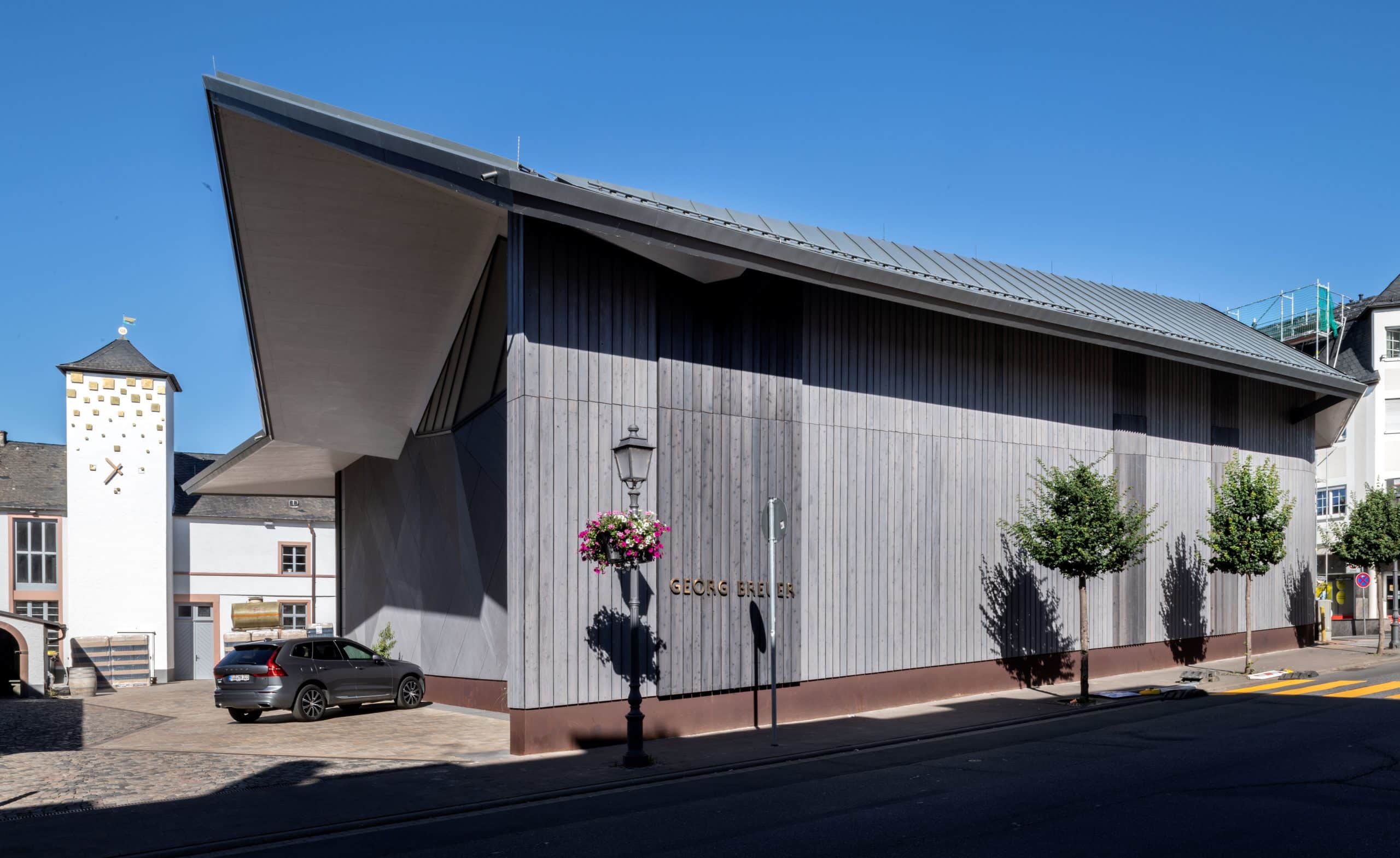

 EU (English)
EU (English) DE (Deutsch)
DE (Deutsch) FR (Français)
FR (Français) UK (English)
UK (English) US Website
US Website

